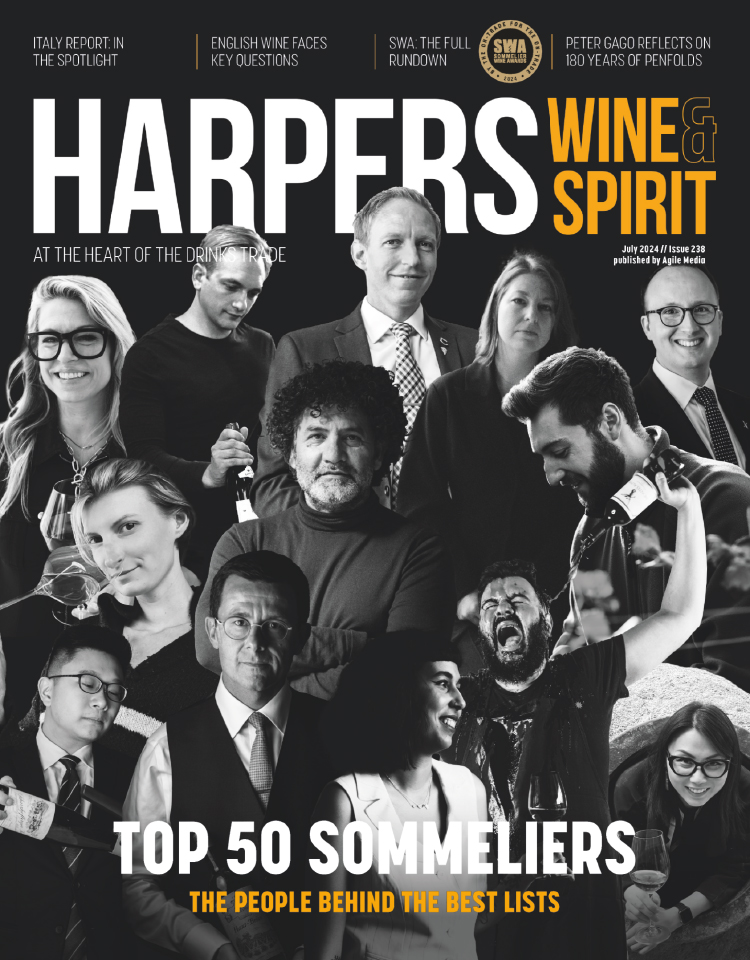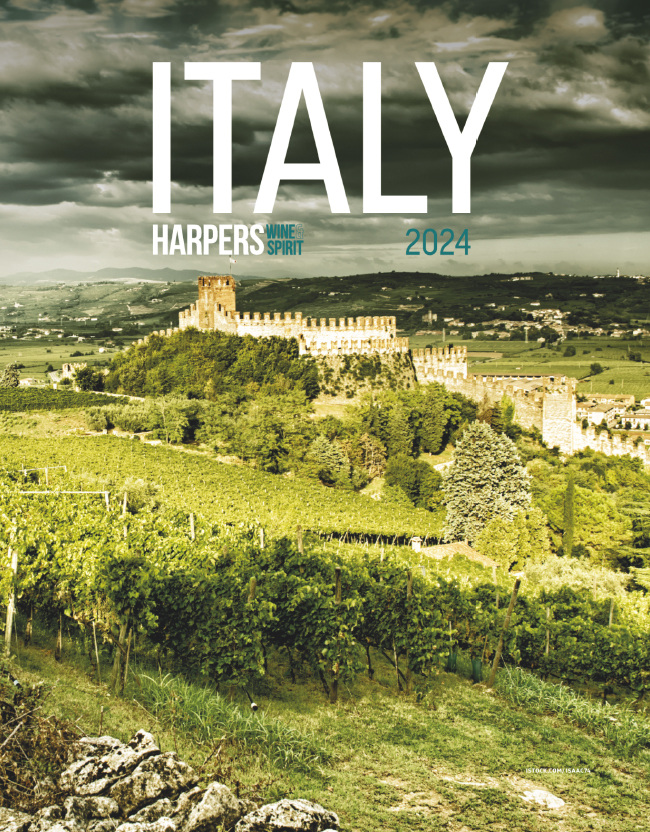Blog: Martin Pilkington goes on a voyage of discovery
Martin Pilkington reports from the Glenfiddich One Day You Will Summit.
Three days of a very different sort of event at the Glenfiddich distillery curated by The Future Laboratory who also handled the wash-up ideas session at the end. The programme blended - convivially if not quite seamlessly - speakers and presentations around the theme of exploration and pioneering, the link with Glenfiddich and its history being twofold: William Grant had the pioneering spirit to build his original distillery with his own hands at the age of 46; and in the sixties his successors can be credited with launching the whole single malt concept. Attendees were a mix of winners of a competition run by the company and various journalists, bloggers and publishers.
Perhaps it is unfair to say the thing wasn't seamless, as the speakers came at the same topic from totally different angles. For a spirits writer the most interesting inevitably was the work of the New York mixologist (not my favourite word but cocktail barman or similar would really not do justice here) Eben Klemm. Working with malt master Brian Kinsman he explored the flavours and components of Glenfiddich with a scientific approach that nodded towards his earlier career as a molecular biologist at MIT: we tasted the Robbie Dhu water that is the basis of the spirit; the new distillate that while rough-edged had much of the pear note characteristic of the brand. Using a clever cool distillation technique he had removed the oak from the 12-year-old malt, which allowed us to taste the progression of the spirit divorced from the flavour influence of wood - it had become softer and smoother but the pear - a more sophisticated version - was still evident. An extraction of American oak in neutral grain spirit let us into that component - a depth of vanilla and some spice in the background; the same with Spanish oak that yielded a perhaps unexpectedly bold orange flavour (Haliborange vitamin pills to my plebeian palate).
The session continued down other ages of the malt and stages and source of barrel - rejuvenated, refill etc - with equally illuminating results, Kinsman leading on how the final products are built from the diverse elements. Diversions like an oak and tannin cocktail kept the thing lively, though like the scotch, sherry and umami cocktail it was meant as a teaching tool rather than something you would ever want to try again. Really.
Two very different personalities obviously took pleasure in their cooperation and had learned from one another as we tasters definitely learned from the session.
After the first day's dinner the speaker was Pen Hadow, who regaled us with the story of his solo walk to the North Pole. I can never get my head around why such journeys that have little apparent scientific merit and deliberately incorporate difficulty - alone, unpowered etc - are regarded as exploration, and was no wiser afterwards except in that the bladder-testing length of the talk allowed me to experience an infinitesimal part of the suffering and constant need to focus he had put himself through.
Far more intriguing was Dr Rachel Armstrong, a physician and expert on living architecture, who gave an insight into how incorporating live or pseudo-living materials and systems in buildings may change architecture in the future - not say peat roofs, but buildings using 'metabolic materials' that will be able to evolve and react in time to such an extent that they can be regarded as alive.
Top non-spirits presentation of the trip was given by Marek Bereza: his billing as an interactive digital artist had filled this philistine with dread that we would be seeing some impenetrable performance art, or perhaps a video-screen of a rotting potato. Marek rather shyly and humbly explained what he does - in simple terms computer programming to produce interactive installations, then demonstrated some, the most beautiful a snowstorm where the person in front can influence the fall and by 'touching' some flakes generate sounds - White Christmas in fact. That makes it sound corny; it isn't, though it is certainly fun. His video of a piece he did in Covent Garden for Nokia, again both beautiful and interactive, involving indeed, opened the eyes to potential commercial applications - he is not above such collaborations, but also explained how he had done work that prompted faster and greater involvement of autistic children. He will deservedly go far, each of his pieces was very human, and several had something beautiful about them.
Back to my philistinism: both dinners during the event were overseen by Caroline Hobkinson, "an artist who works with food". We ate meat with pointed sticks; drank soup from a test tube; injected a bread roll (suspended from a helium balloon) with cream cheese; donned a mask in order to become someone else on one evening and for one course the next were blindfolded. The idea is to open the mind, make people think about food and the rituals around it in a different way. Some of my fellow attendees lapped it up. I loathed it, but maybe it worked for me too as I focussed on how I love the culture of the shared meal, the civilised aspect of it, the centrality of the food with its satisfactions and depth of history; and object accordingly to being manipulated into losing so much of that, albeit briefly. To paraphrase The Prisoner: I am not a number, I am a hungry man.
Glenfiddich to use a dreadful cliché thought outside the box in setting the event up. It will stay in the memory long after other tastings have faded. Even the annoying bits were stimulating. For which I must thank them sincerely.






